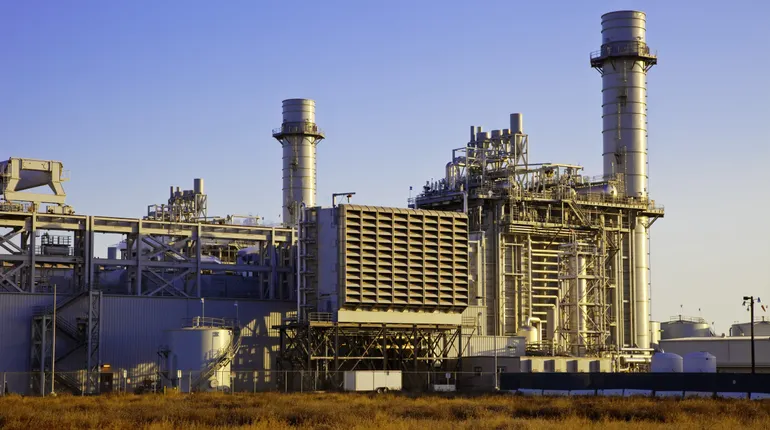
There were three drivers to yesterday’s U.S. natural gas price pullback, Art Hogan, Chief Market Strategist at B. Riley Wealth, told Rigzone in an exclusive interview on Tuesday.
“Weather forecasts maintained mild conditions. The threat of re-escalating tariffs on U.S. trading partners stood as a further demand-side risk, while production remained steady,” Hogan said.
Rigzone contacted the White House for comment on Hogan’s statement. At the time of writing, the White House has not responded to Rigzone with a comment.
In a separate exclusive interview today, Phil Flynn, a senior market analyst at the PRICE Futures Group, said “shoulder season is on full display, with producers coming out of maintenance raising output while demand is weak”.
Flynn also told Rigzone that the weather is in a “goldilocks” state, “not too hot and not too cold”.
In an EBW Analytics Group report sent to Rigzone by the EBW team today, Eli Rubin, an analyst at the company, said the June natural gas contract “shed another 22.1¢ yesterday, testing support as low as $3.098, as indelibly weak shoulder season fundamentals continue to pummel the market”.
“The front-month has now lost 68.2¢ in six sessions, and technicals remain bearish,” Rubin warned.
In the report, Rubin went on to state that gas production at a monthly high over the weekend appears to have spooked longs, although the analyst added that gains were small in absolute terms. Rubin also noted in the report that “early-season heating demand for Weeks 2 and 3 may total 10 cooling degree days below 30-year norms”.
Rubin said in the report that near-term pricing is likely to remain dominated by trader positioning ahead of the Memorial Day holiday and June contract options expiration and final settlement next week.
“Over the next 30-45 days, however, confidence is increasing for a rebound if and when summer heat shows up (potentially in mid-to-late June), as a lower injection-season storage trajectory creates fundamental headroom for NYMEX futures,” Rubin went on to state.
In an EBW Analytics Group report sent to Rigzone by the EBW team on Monday, Rubin highlighted that the June natural gas contract was extending lower that morning “as weak Henry Hub spot prices exert a gravitational pull, technicals indicate further weakness, and production readings rise weekend over weekend amid ebbing pipeline maintenance”.
“Weather-driven demand for gas may rise 2.5 billion cubic feet per day this week as heating demand returns to the Upper Midwest (Minneapolis may flip from testing 90°F last week to sub-50°F highs) and heat persists in Texas and the Southeast with Houston in the low-90s°F,” Rubin added in that report.
“The background of 100+ Bcf injections and the largest recorded spring storage build are pressuring gas prices lower,” Rubin continued.
“Sabine Pass maintenance next month suggests June may average 2.0 billion cubic feet per day looser than five-year norms,” Rubin went on to state.
The analyst also noted in that report that the July contract may rise if summer heat arrives but added that “near-term pricing may be a function of trader positioning ahead of Memorial Day and June final settlement next week”.
B. Riley Wealth’s website notes that Hogan’s “distinguished financial industry career spans 30+ years, during which he has concentrated on the U.S. equity markets”. The site points out that Hogan has served as a member of the Board of Governors of Boston Stock Exchange, Inc., and a member of the Board of Directors of NASDAQ OMX BX, Inc.
Flynn is described on the PRICE Futures Group website as “one of the world’s leading energy market analysts, providing individual investors, professional traders, and institutions with up-to-the-minute investment and risk management insight into global petroleum, gasoline, and energy markets”. Flynn is also a daily contributor to Fox Business Network, the site highlights.
Rubin is an expert in econometrics, statistics, microeconomics, and energy-related public policy, the EBW Analytics Group site states, noting that he is “instrumental in designing the algorithms used in our models, and in assessing the potential discrepancies between theoretical and practical market effects of models and historical results”.
To contact the author, email [email protected]



















